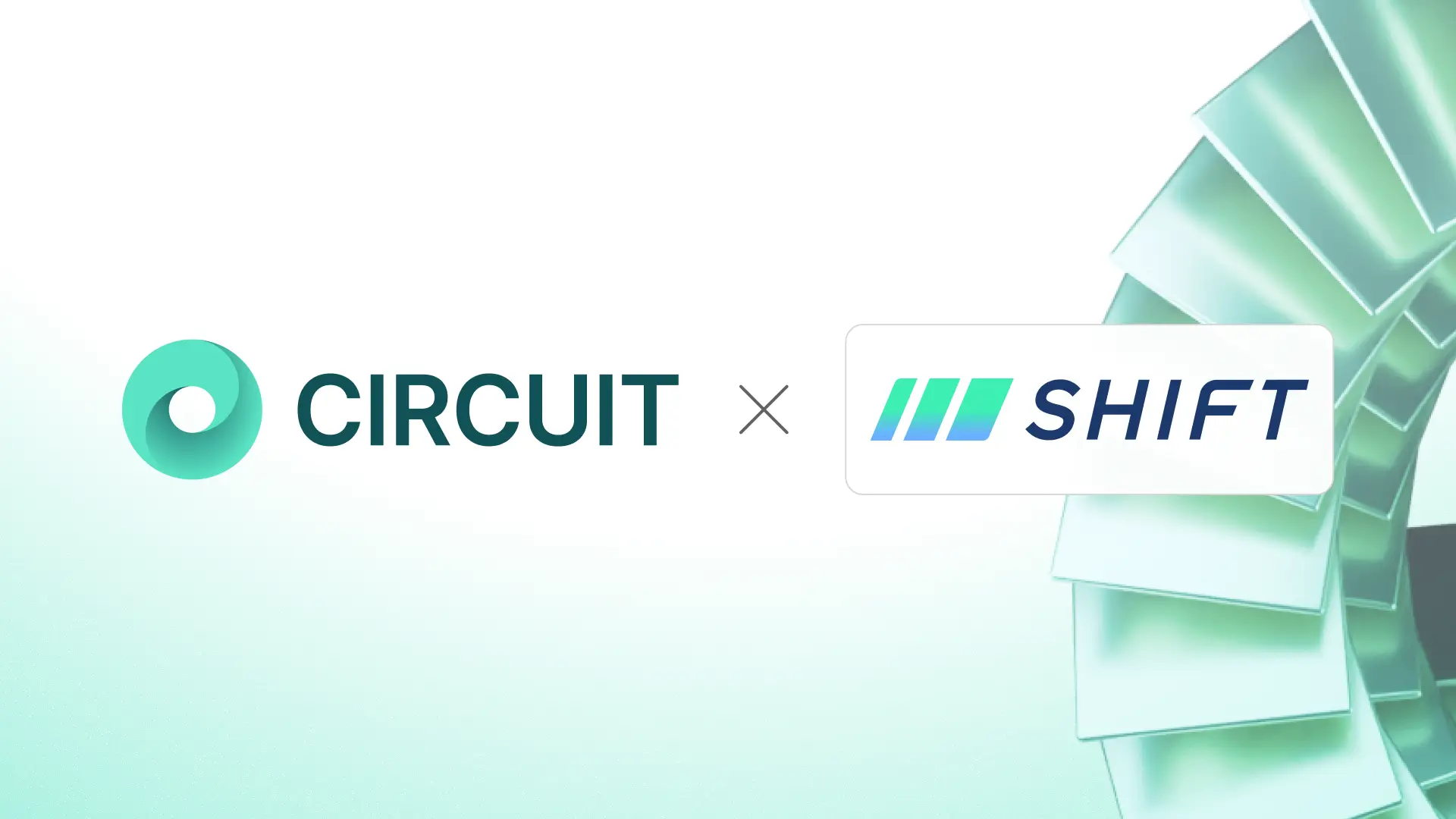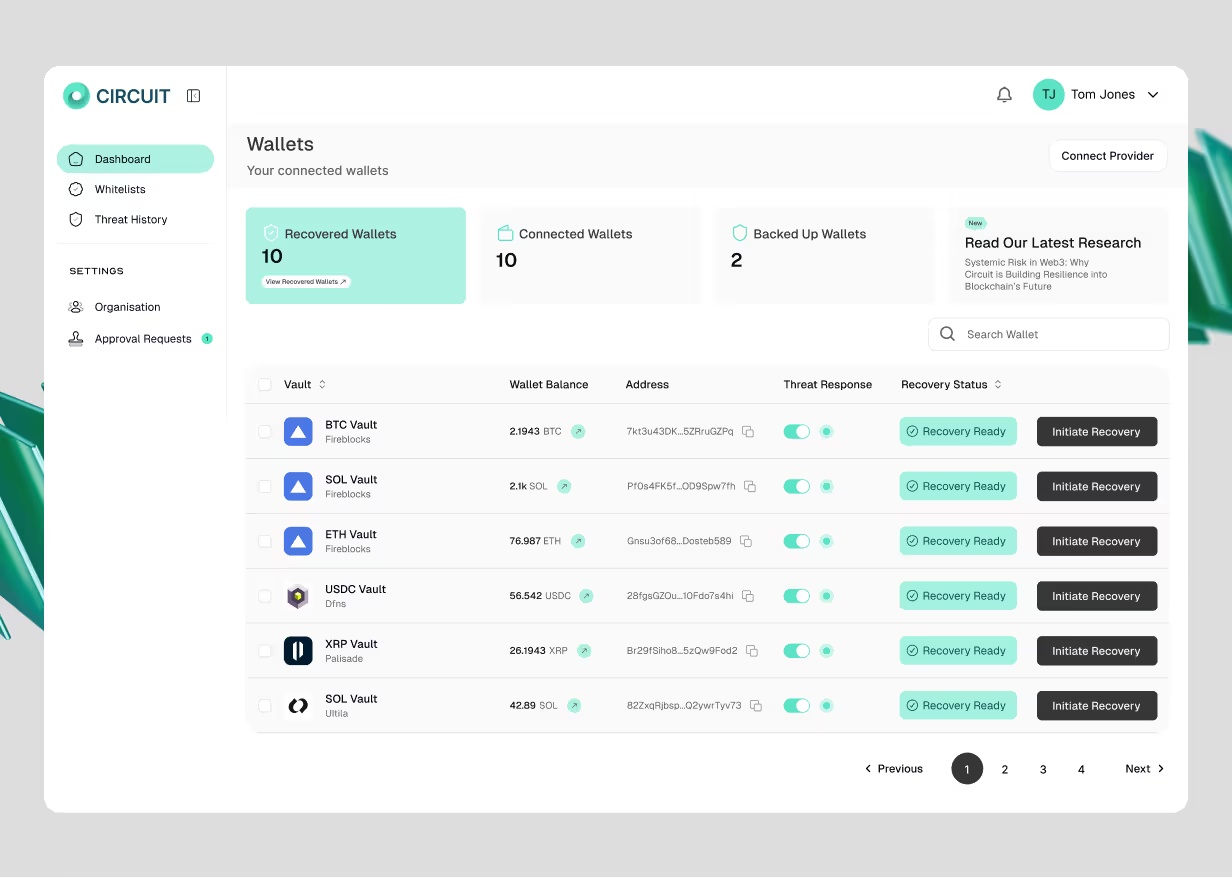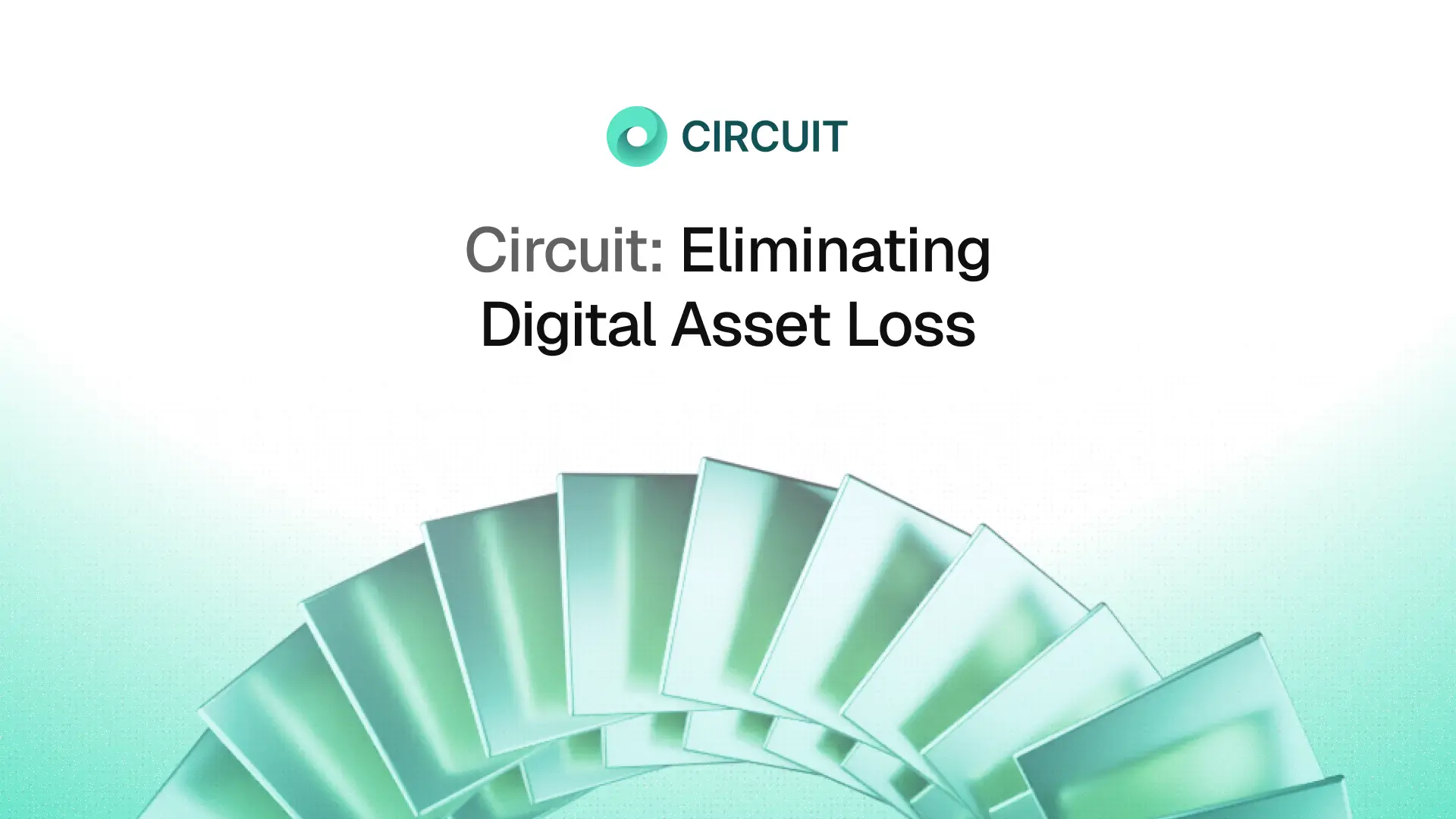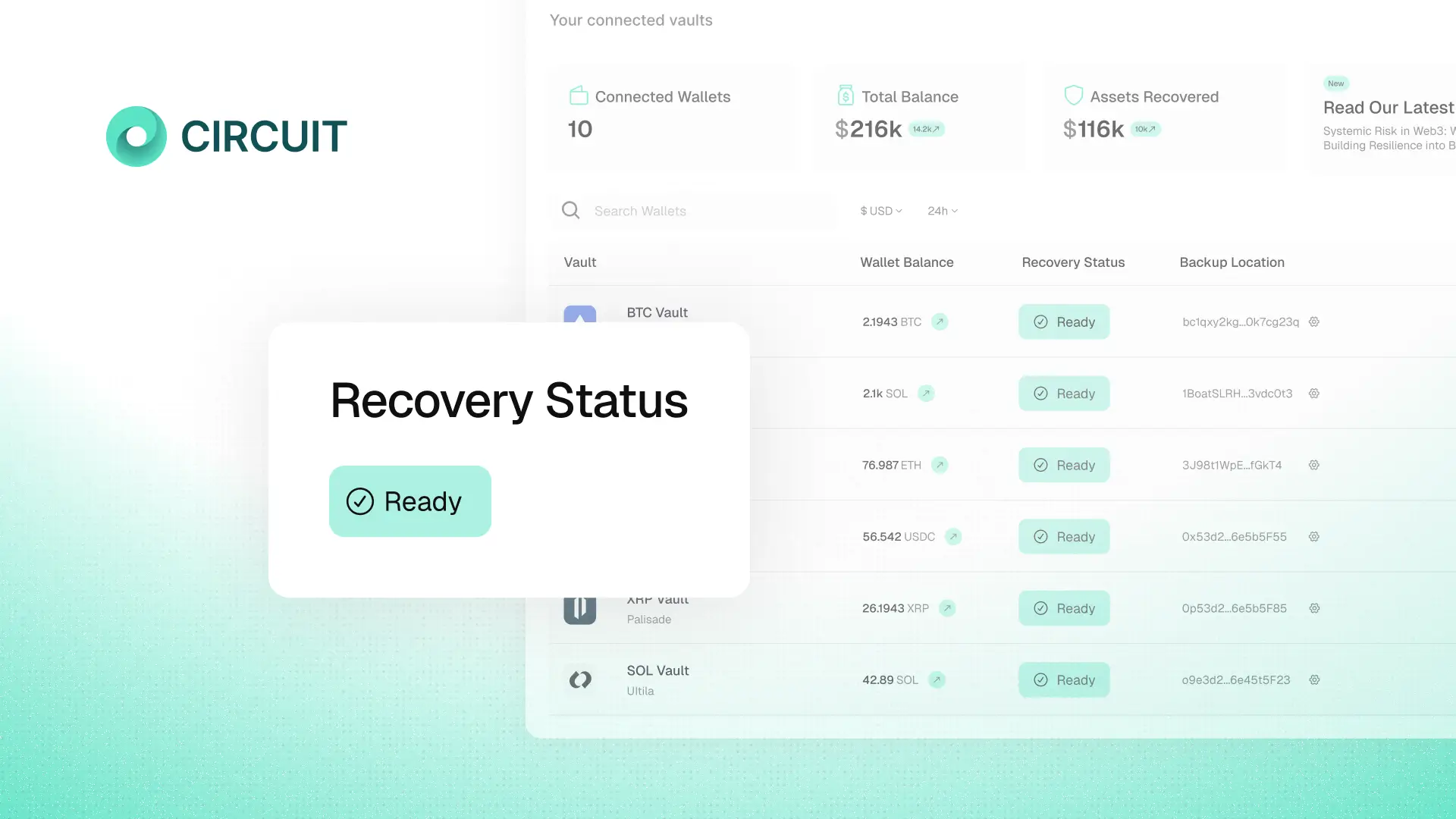
In crypto, platform infrastructure is generally built with a simple assumption: when it’s time to move assets, the keys will be available. But that assumption collapses quickly in real-world institutional trading.
Crypto markets don’t pause if a platform’s custody infrastructure goes offline. Trades don’t reverse if an insider goes rogue. And when keys are lost or delayed, there’s rarely a fallback; leaving platforms to rely on escalation paths, email threads, and the hope that quorum can be reassembled before things get worse.
This is the exact problem leading white-label crypto infrastructure provider, Shift Markets, is solving by integrating Circuit’s proprietary Recovery technology.
Shift Markets enables institutions to launch digital asset exchanges, brokerage platforms, and trading venues worldwide. Their platform integrates custody, trading, and settlement workflows, placing asset control and movement directly in the operational flow of capital.
Like all DeFi exchange platforms, it faces one critical risk: if the custody layer fails, assets may become permanently inaccessible.
Shift Markets partnered with Circuit to change that.
The integration brings Automatic Asset Extraction (AAE) into live exchange trading flows, changing recovery from an improbable, discretionary, human process into a simple, automated, deterministic one.
Working with custody, lending, exchange, and stablecoin platforms like Shift Markets, Circuit hopes to substantially improve trust and security by making recovery a standard across institutional-grade crypto infrastructure.
The Fragility of Fast Systems
Institutional platforms are designed for speed and scale. That includes:
- Distributed custody setups (often MPC-based)
- Programmatic trading flows
Cross-venue liquidity aggregation - Real-time collateral and margin movements
But the underlying security model of these systems, private key-based control, isn’t able to combat all risks.
Why?
Many custody systems still include manual or human-triggered workflows to correct errors such as a signer going offline, quorum failure, or insider interference, with even the best-run platforms falling back to ad hoc coordination when critical keys are unavailable or potentially compromised.
When this does happen, systems can become paralyzed and assets exceedingly vulnerable, meaning a 5-minute delay in a custody system is not a minor inconvenience in institutional trading, but a risk event.
Instead of slowing things down with more approvals or expanding key quorum complexity, Shift Markets chose a new route: add a layer that lets assets exit a compromised system gracefully in any event that could cause key failure or loss of access.
Building Deterministic Recovery into the Stack
Circuit’s AAE system doesn't rely on retrieving or reassembling keys, require insider coordination, or assume a manual recovery window will be available when the system is already under stress.
Instead, AAE makes asset recovery possible by adding a transaction-layer failsafe via pre-signed, policy-compliant exit transactions that can move assets from danger to safety, automatic, deterministic, and without needing access to the compromised keys.
Here’s how Shift Markets deployed it:
- Destination Policy Definition: For each white-labeled exchange participating, Shift Markets configures policy-defined safe destinations – typically reserve wallets or neutral recovery vaults – where assets should be routed in an emergency.
- Dormant, Pre-Signed Transactions: Using Circuit, pre-signed transactions are created to move those assets to their designated recovery destinations. These remain offline, inert, and unbroadcast, but cryptographically valid.
- Continuous Sync and Monitoring: AAE continuously observes wallet activity and balances to ensure dormant transactions remain up to date. When asset state changes, so do the recovery paths – without human input.
- Triggered Extraction: If custody infrastructure fails, keys become unavailable, or an operator signals compromise, these dormant transactions can be triggered instantly. Assets are moved to safety without waiting for a quorum or reconstituting the primary custody path, maintaining user access at all times.
This process gives Shift Markets a real-time, non-custodial exit path that requires no discretionary action during a crisis while leaving normal operations unaffected.
Two Parallel Flows: Normal vs. Emergency
One of the reasons this works without disrupting trading speed is architectural separation, as Circuit doesn’t sit in the critical path of trading execution, but runs parallel to it.
- In Normal Mode, Shift's custody flow remains unchanged. Circuit stays passive, updating recovery transactions in the background.
- In Emergency Mode, Circuit bypasses the primary key path entirely, executing pre-signed transactions to remove assets from danger.
This means there’s no added latency in the trading stack, no external approval delays, and no complex dependency between primary custody infrastructure and recovery logic, allowing Shift’s trading system to remain optimized for execution with greater resilience.
Fast Markets and Faster Recovery: A Higher Institutional Standard
With regulators, insurers, and users demanding greater operational resilience and continuity, Shift Markets’ integration acknowledges a truth much of the institutional DeFi world is only beginning to confront: key access is not guaranteed, and custody without recovery is fragile.
By embedding AAE, Shift Markets is ensuring that capital can continue to move with a higher degree of protection and confidence, even if parts of the system fail.
Circuit is proud to support Shift Markets in pushing institutional infrastructure forward.
Related Posts
Discover more about Circuit’s latest News and Research

Built by experts who’ve made digital assets safer, and now, recoverable.
We believe asset recoverability is table stakes for the next era of digital assets.



